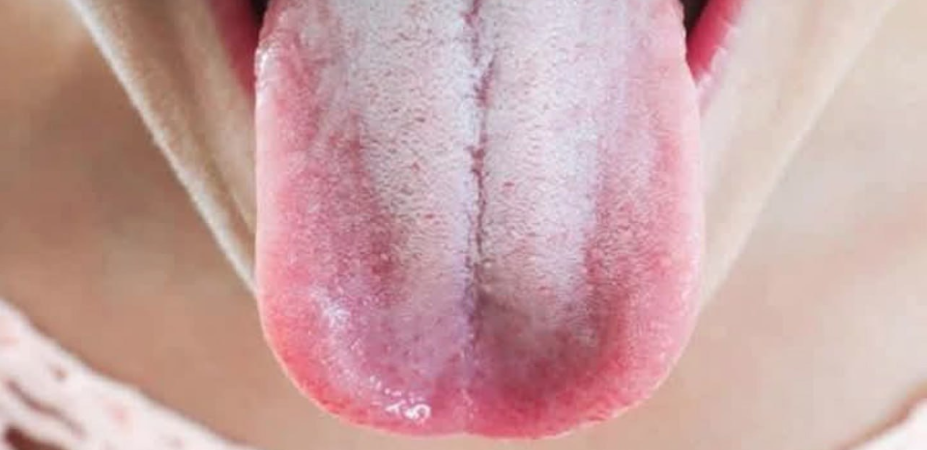White Tongue: What It Means and How to Treat It
A white tongue is often an alarming sign that something is not quite right with your health. While it may seem like a minor issue, a white-coated tongue can indicate underlying health problems that should not be ignored. It is essential to understand the causes, symptoms, and treatments associated with this condition to maintain good oral and overall health.
What Causes a White Tongue?
A white tongue occurs when the papillae (small bumps on the tongue) become inflamed or enlarged, allowing debris, bacteria, and dead cells to accumulate. Several factors can contribute to this condition, including:
- Poor Oral Hygiene – Not brushing or scraping your tongue regularly can lead to the buildup of bacteria and dead cells, resulting in a white coating.
- Dehydration – A lack of water intake can cause dry mouth, making it easier for bacteria to thrive and coat the tongue.
- Oral Thrush – A fungal infection caused by an overgrowth of Candida, leading to white patches on the tongue and inside the mouth.
- Leukoplakia – A condition characterized by thick, white patches on the tongue, which may be caused by irritation from smoking, alcohol, or rough teeth.
- Lichen Planus – A chronic inflammatory condition that affects the mucous membranes in the mouth, sometimes resulting in a white tongue.
- Geographic Tongue – A harmless condition where the tongue develops white, map-like patches that change over time.
- Syphilis – A sexually transmitted infection (STI) that can cause white sores or patches on the tongue.
- Dietary Deficiencies – A lack of essential nutrients such as iron, folic acid, or vitamin B12 can contribute to changes in the tongue’s appearance.
- Medications – Certain antibiotics, steroids, and mouthwashes can disrupt the balance of bacteria in the mouth, leading to a white tongue.
- Smoking and Alcohol Consumption – Both habits can irritate the tongue and increase bacterial buildup, causing it to turn white.
